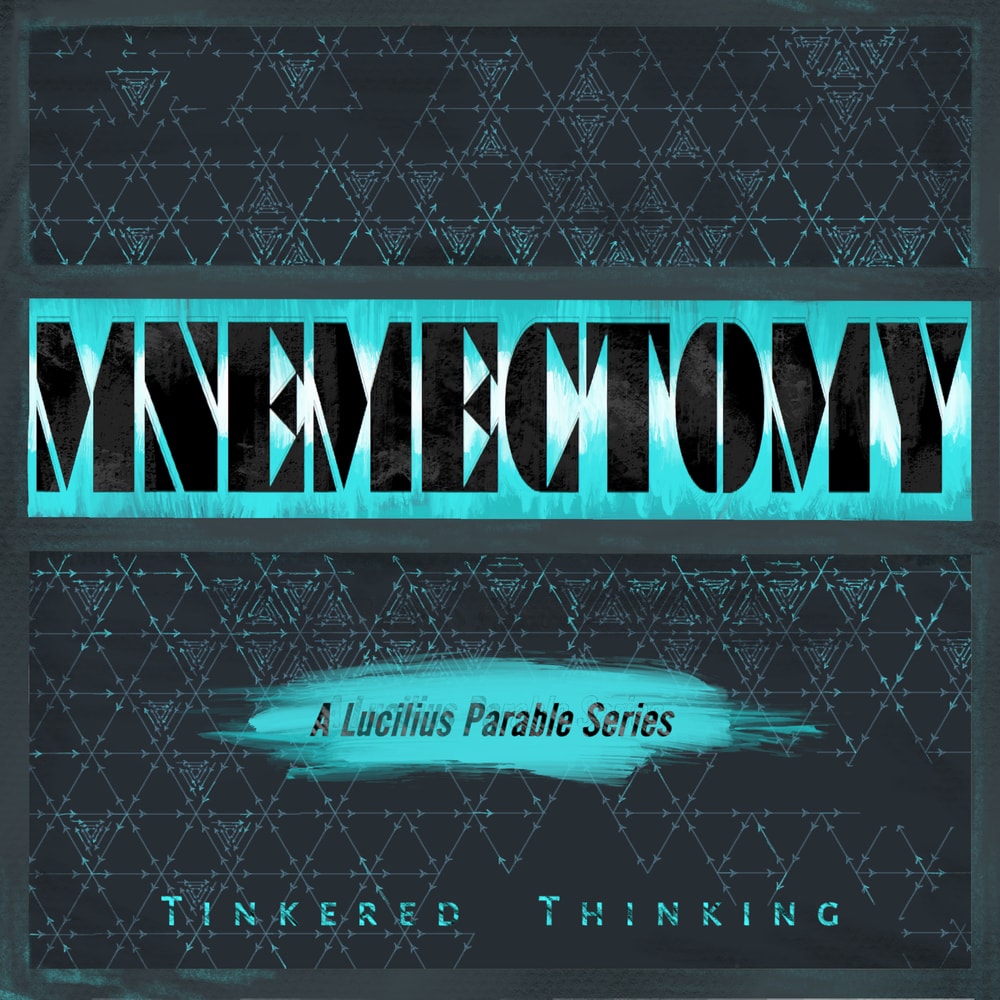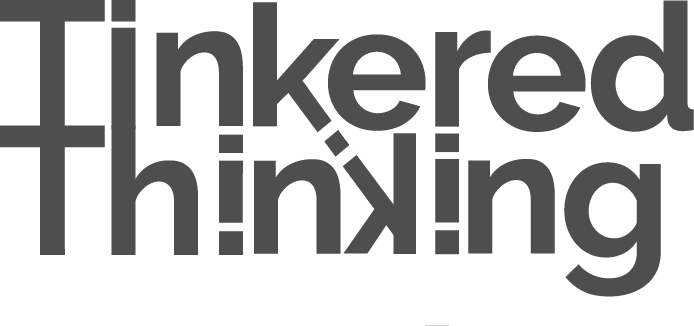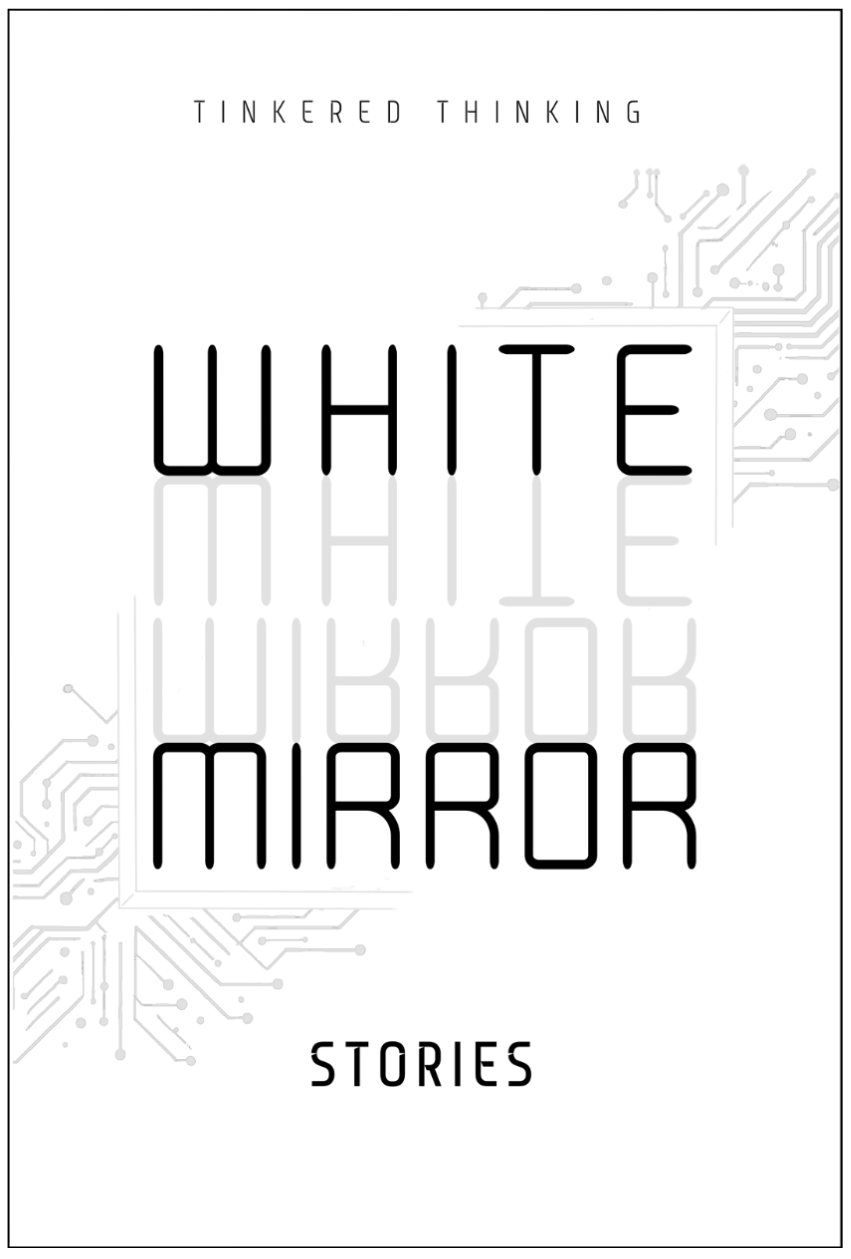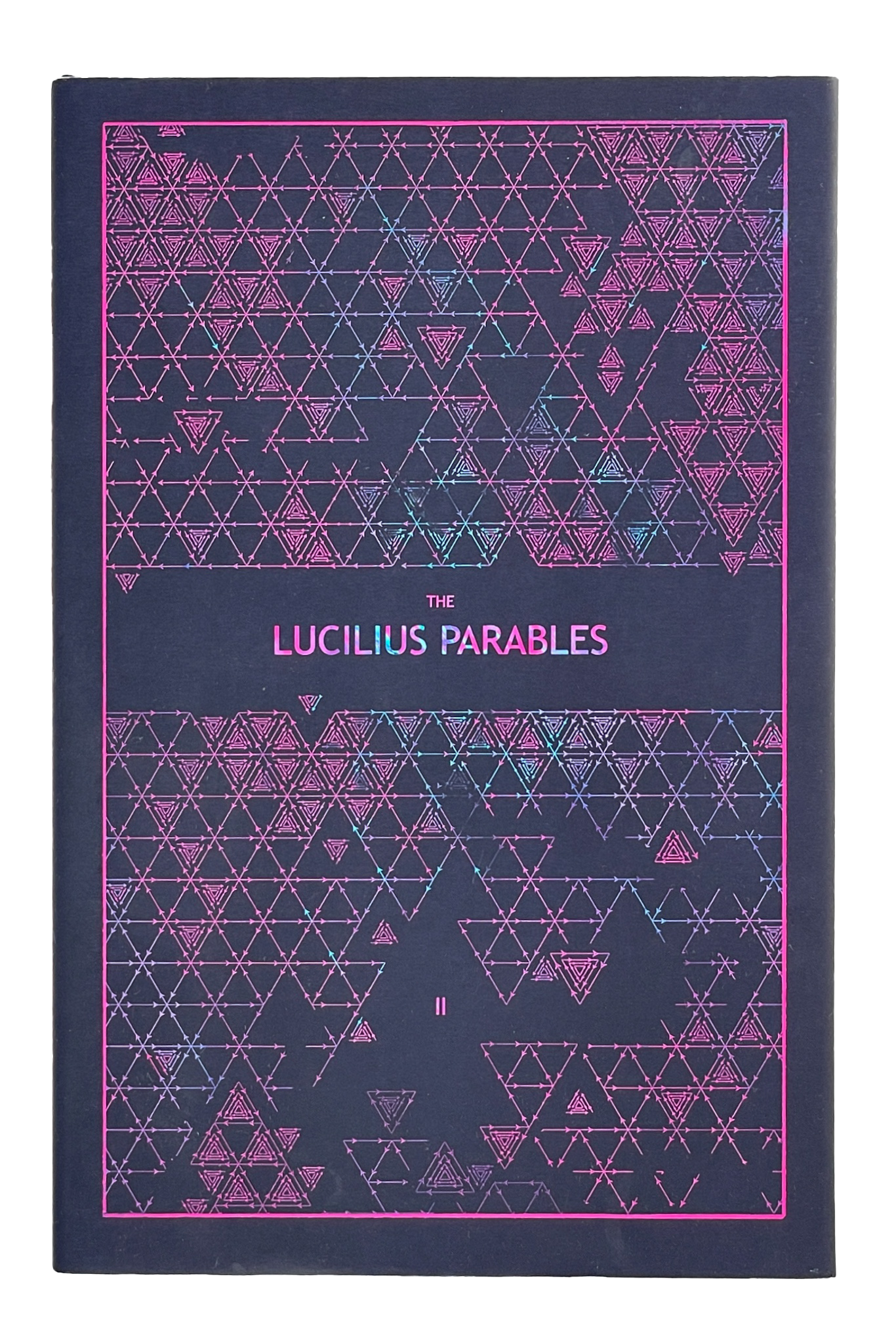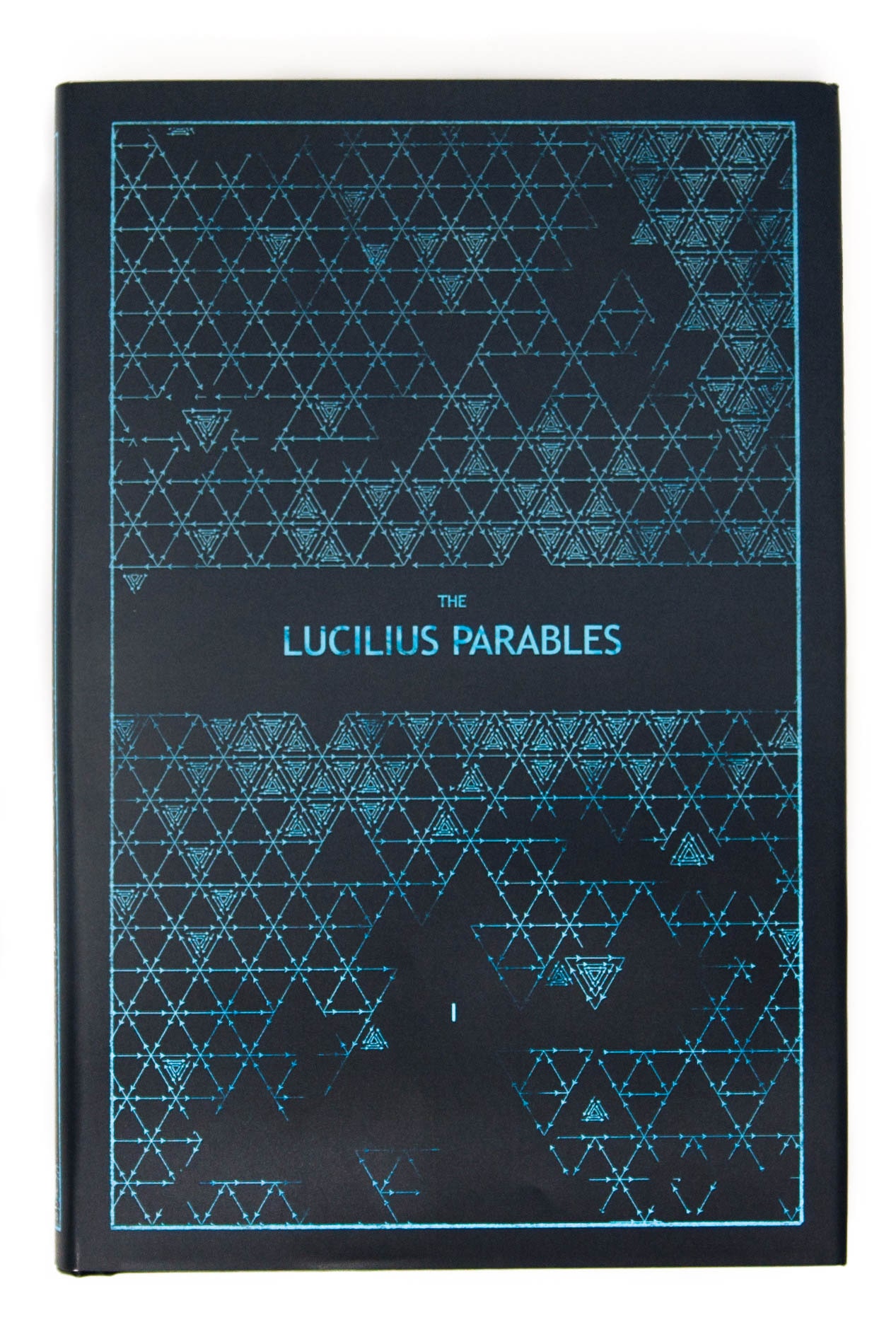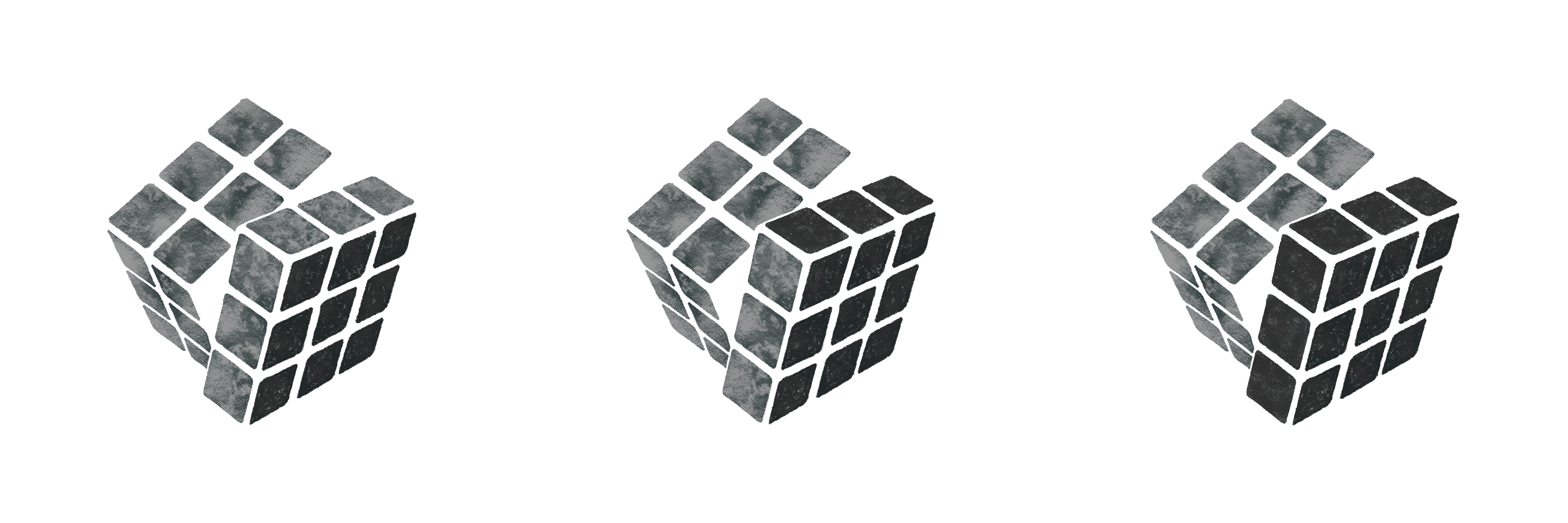Daily, snackable writings to spur changes in thinking.
Building a blueprint for a better brain by tinkering with the code.
subscribe
rss Feeds
SPIN CHESS
A Chess app from Tinkered Thinking featuring a variant of chess that bridges all skill levels!
REPAUSE
A meditation app is forthcoming. Stay Tuned.
EDGE OF BELIEF
April 10th, 2021
In the visual realm there are all sorts of qualities that we can discuss without even mentioning the subject at hand. Is it bright? Is it opaque or translucent or transparent? Does it emit light? Or is it matte or glossy? Does it have well-defined border or are they a little fuzzy? All of these questions could apply to a painting by Raphael, a video game level or a landscape seen in real time with your own eyes. So much of our language is anchored in the visual, probably because it’s our primary sense. But what about things that don’t exist in the visual world. Do such things also have a set of meta-qualities that we can ask about? What about belief? Can belief have a hard edge or a fuzzy one?
There’s no real framework for this kind of language, but it’s worth thinking about. Take honesty for example. Everyone has a certain belief about how important honesty is. Telling a fanciful story for entertainment’s sake is different from telling a white lie, but they both probably reside in a similar realm of honesty. For some honesty and an adherence to it is very important, as though it has hard, well-defined edges. For others it’s a bit more of a fluid concept.
Compare this to a belief in UFO’s. Some people are quite convinced, while others remain skeptical. But compared to the experience and function of honesty in one’s own life, one is replete with empirical evidence. We all have a fairly clear picture of how well our belief in honesty and adherence to it functions. Our individual lives are in some sense a result of our relationship to honesty. Nothing even remotely similar can be said about UFO’s. The evidence remains shockingly fuzzy despite the hard edges of so many people’s belief in the phenomenon that we’ve been visited by extraterrestrials. There seem to be at least two qualities here that we could pin down similar to our language around visual when we talk about brightness as opposed to contrast. With belief there’s a degree of conviction and there’s also a degree of evidence. Clearly the two don’t correlate fairly well in humans considering how hypocritical and inconsistent we can be. Nonetheless, it does seem that beliefs have certain meta-variables that are present regardless of the actual belief.
Another potential variable that is independent of the actual belief is it’s sharing potential. This seems to be one linked more to the individual and their personality, but it’s still a quality attached to the belief. What is the likelihood that you will share this belief with someone else? Some beliefs turn people into proselytes who seem unable to talk about anything else with the aim of convincing others and spreading the idea. Is such a quality inherent to the belief? Perhaps with some beliefs, for example those associated with information about danger. We’re quick to warn loved ones of a danger. Such information has high sharing potential. But now we’ve crossed a border from belief into information, which is journey for another time.
We might one day have an entire framework for analyzing and categorizing. Belief, just as we do with the myriad aspects of vision and light. Such a framework could perhaps be very useful for becoming cognizant of personal biases. And this is exactly the sort of thing that language frameworks provide. It was our developing language around light that allowed us to track our progress in understanding it. In fact that might be an elegant definition of a framework: a track record of our progress for understanding. We’ve since been able to manipulate and use light in all sorts of fantastic ways, through photography and movies to phone screens and virtual and augmented reality. It’s fascinating what might happen and what thinking and decision making might feel like int a future that has a robust language framework around beliefs and their qualities.
-compressed.jpg)
